Nithurst Farm shortlisted for RIBA House of the Year 2019
Referencing 18th century architecture, the surrounding natural scenery of the South Downs National Park in Sussex, and the work of Russian filmmaker Tarkovsky, this is architect Adam Richards' dream family home
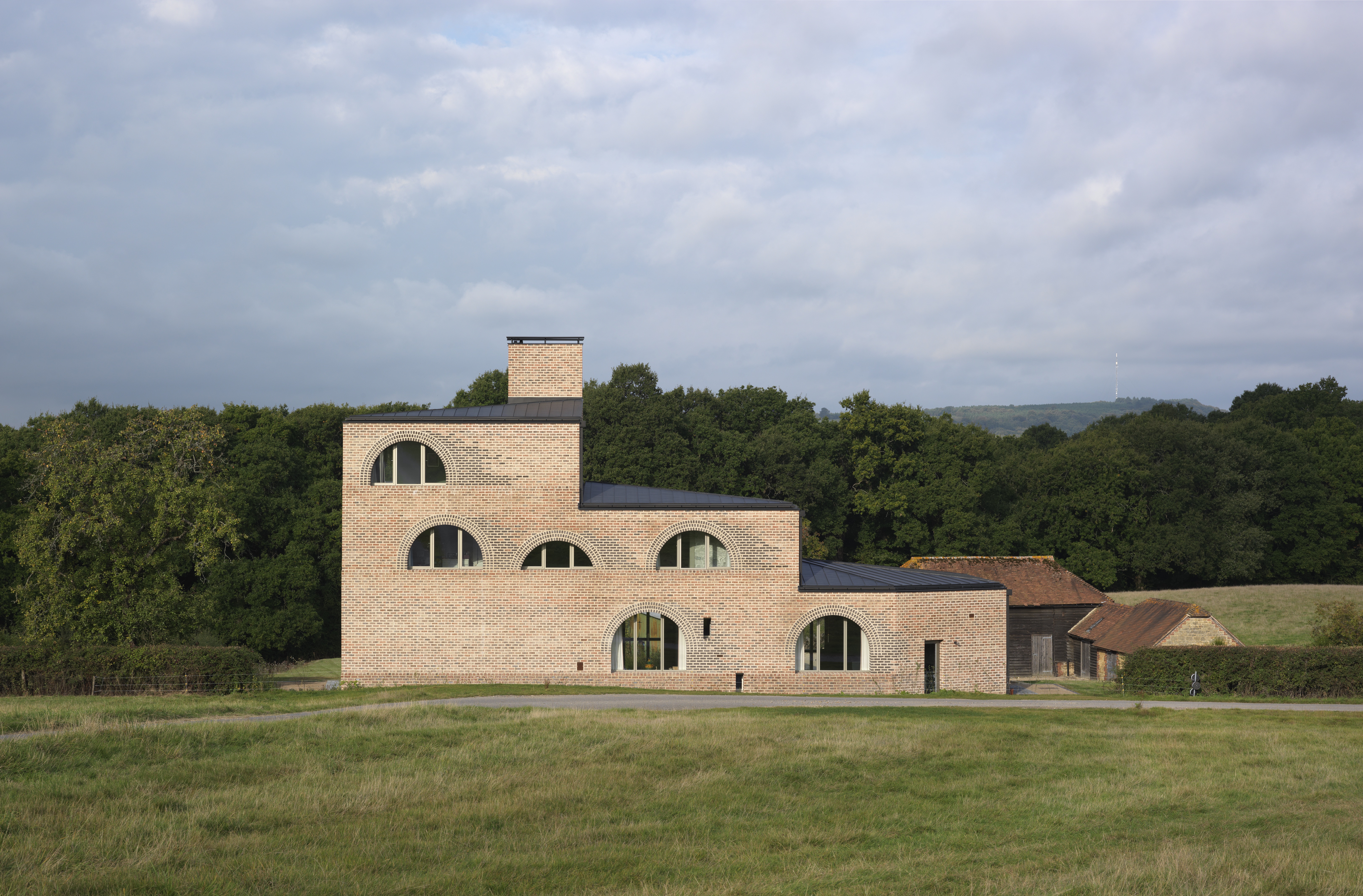
Nestled in the rolling hills of the South Downs National Park in Sussex, Nithurst Farm appears almost as something out of a fairy tale. It's not just the - undeniably - dreamy natural scenery that inspires such feelings. The new-build house, designed by architect Adam Richards as his family home, is far removed from your usual country cottage - feeling unusual, yet oddly familiar, invoking images of castle turrets and romanesque cathedrals.
Its inception was fittingly romantic and bursting with heady cultural references. ‘There is an 18th century tower nearby, built as an architectural folly, which can be seen from the top windows of the house, so we make reference to this', says Richards. ‘In terms of context, the woods around represent the world of chaos, while my house’s south elevation presents an image of order’. Further references, he explains, range from the formal architecture of Blenheim Palace architect Sir John Vanbrugh, to Paul Nash's ‘Mansions of the Dead' (the house's south facade hints strongly to the formal arrangements in the painting) and the Russian filmmaker Andrei Tarkovsky.
Created in structural concrete with a thick brick skin and a black zinc roof, the structure is a stepped volume with distinct arched windows that add drama and a sense of motion to the design. This outline also echoes the hills around the building, making it fit just right into its soft, leafy surrounds.
Inside, an unexpectedly modest side door (which in fact is the main entrance into the house) opens up to lofty ceilings that create a cathedral-like feel in the main living areas. ‘I like the idea of this compression and then release into the open plan space', says Richards.
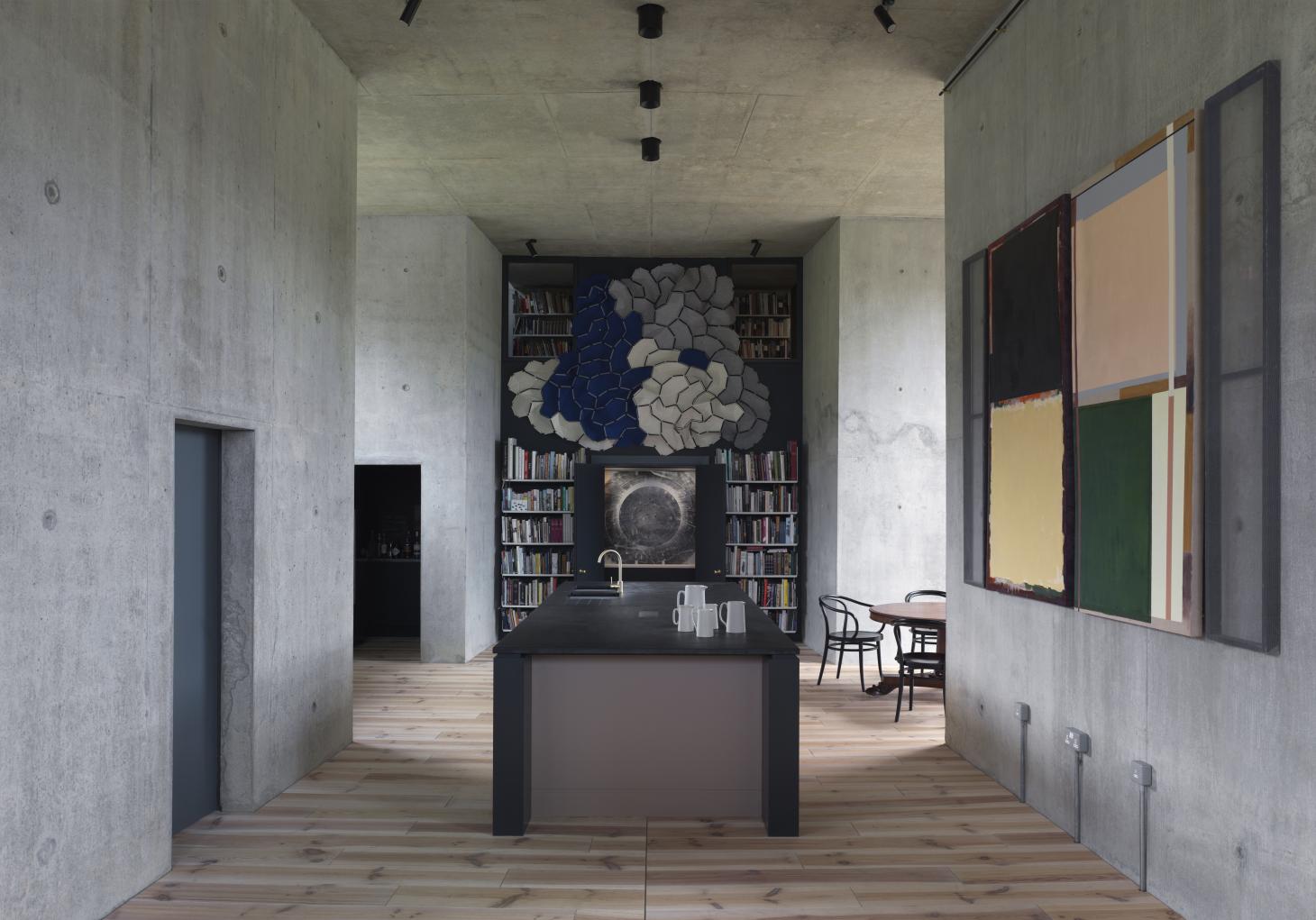
‘Part of the thinking behind this house is built around the idea of a journey in Tarkovsky's film Stalker,' he continues, ‘which is about the journey the characters take to enter a forbidden zone. And somewhere there is this special room, where all their wishes might come true. Just before it is an antechamber with tall concrete walls, and our main space is based on that antechamber. The film’s special room is about coming into harmony with the world - and in a way, building your own house is a version of that, so I thought why not make that the key thing?’
This comprises a flowing, mostly open plan ground level that unites a family room, kitchen, two separate dining areas, a study and a children’s playroom tucked away on one side. Everywhere around are raw concrete walls, softened by a timber floor and warm furnishings. A certain sleekness is cleverly maintained by hiding auxiliary spaces, like the pantry, behind sliding doors. Richards explains: ‘The antechamber is also a bit like a church and at one end you'd have the access to heaven. So here we have the Bouroullec Clouds, which represent that in the space. The modular elements' arrangement here are in turn based on the sky in a Tiepolo painting.’
The bedrooms (including a generous master suite with his-and-hers bedrooms and bathrooms, two children’s rooms and three guest suites) are stacked in the tall end of the house, over a more formal living room. The latter is richly decorated with artwork and curiosities collected by the family. Large openings look out towards the gardens and woods beyond, effortlessly bringing the outside in and framing picture-perfect vistas. A few quirkily angled staircases up and you reach the bedrooms - the master is at the very top, enjoying a stunning view of the fields and treetops.
Even though the family had only recently moved into the house when this visit took place, it feels pleasantly lived in, full of life and the stuff that fills it. And the work is not quite fully done yet. There are plans to convert a couple of outbuildings in the property into a studio and event space, to work, entertain guests in and potentially use for exhibitions or artists' residences. There is a new chapter to this fairy tale coming soon.
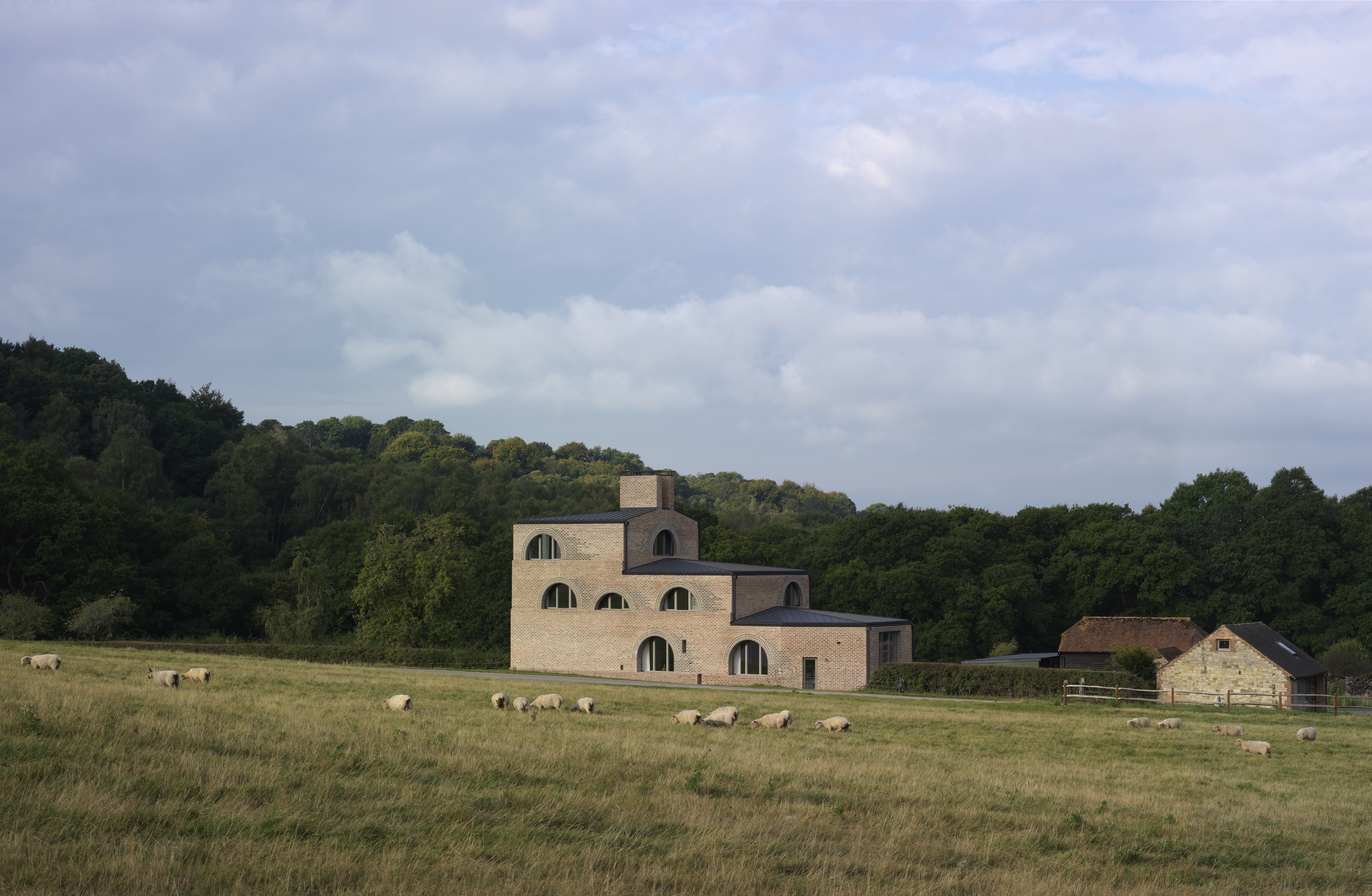
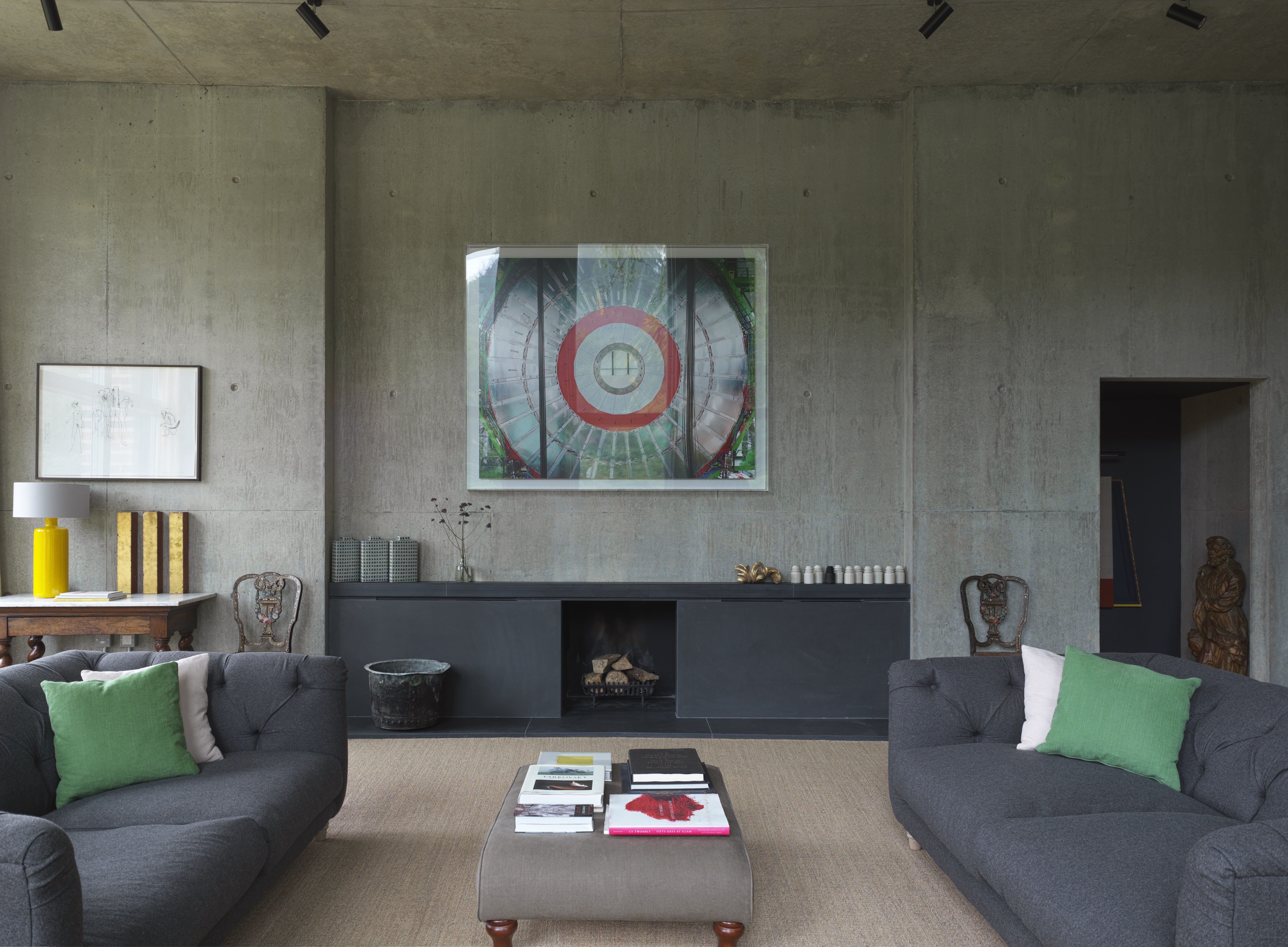
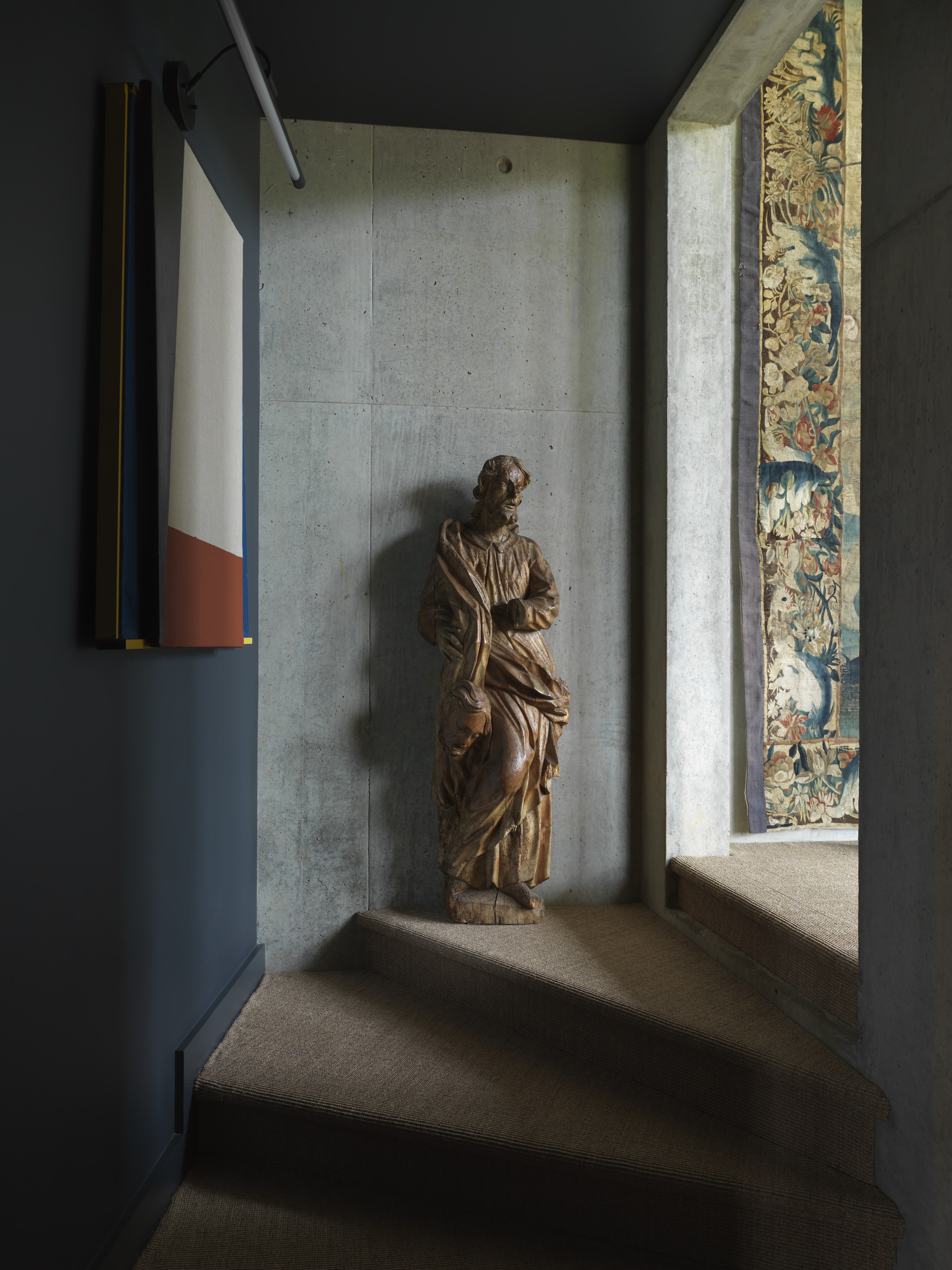
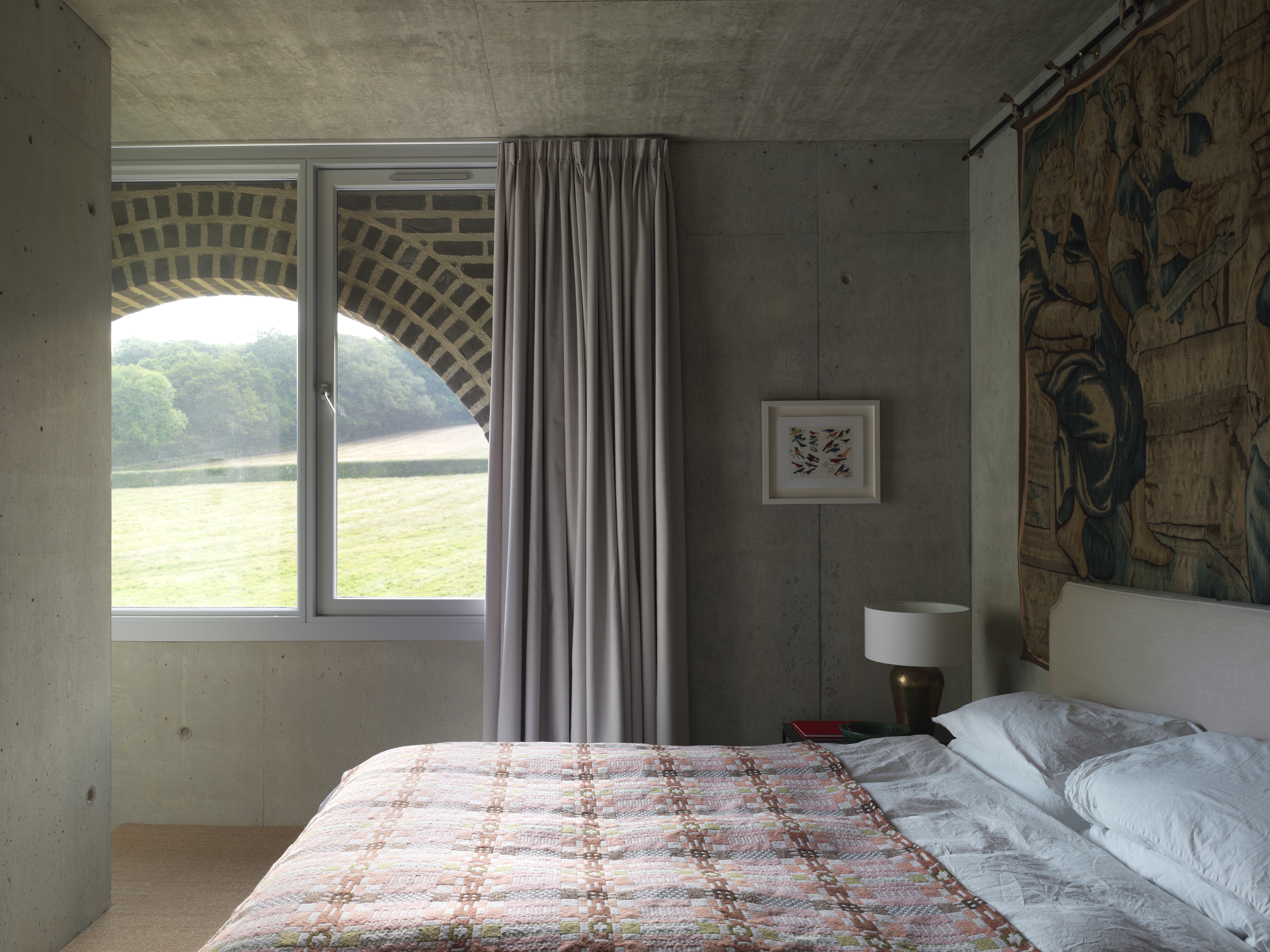
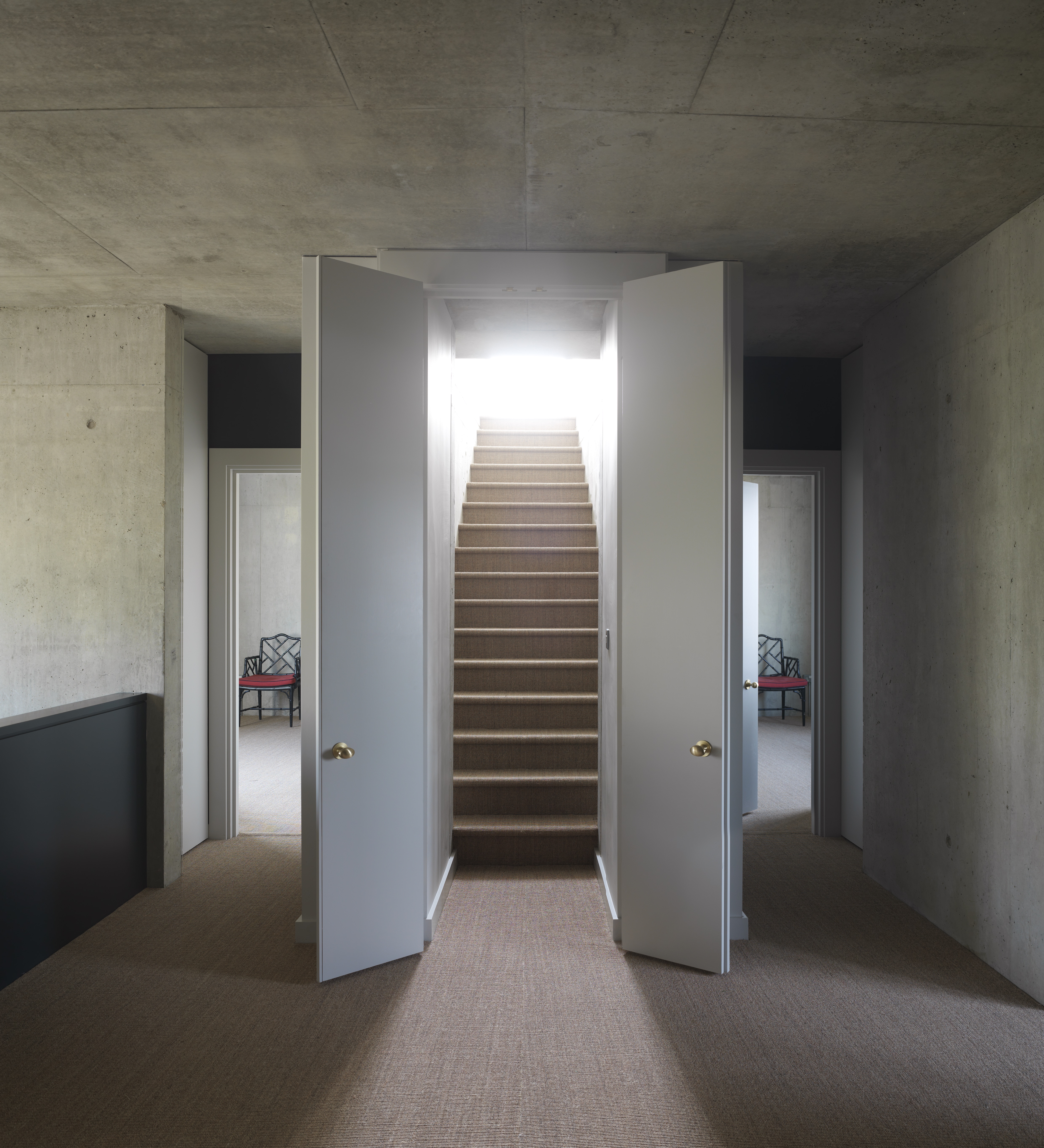
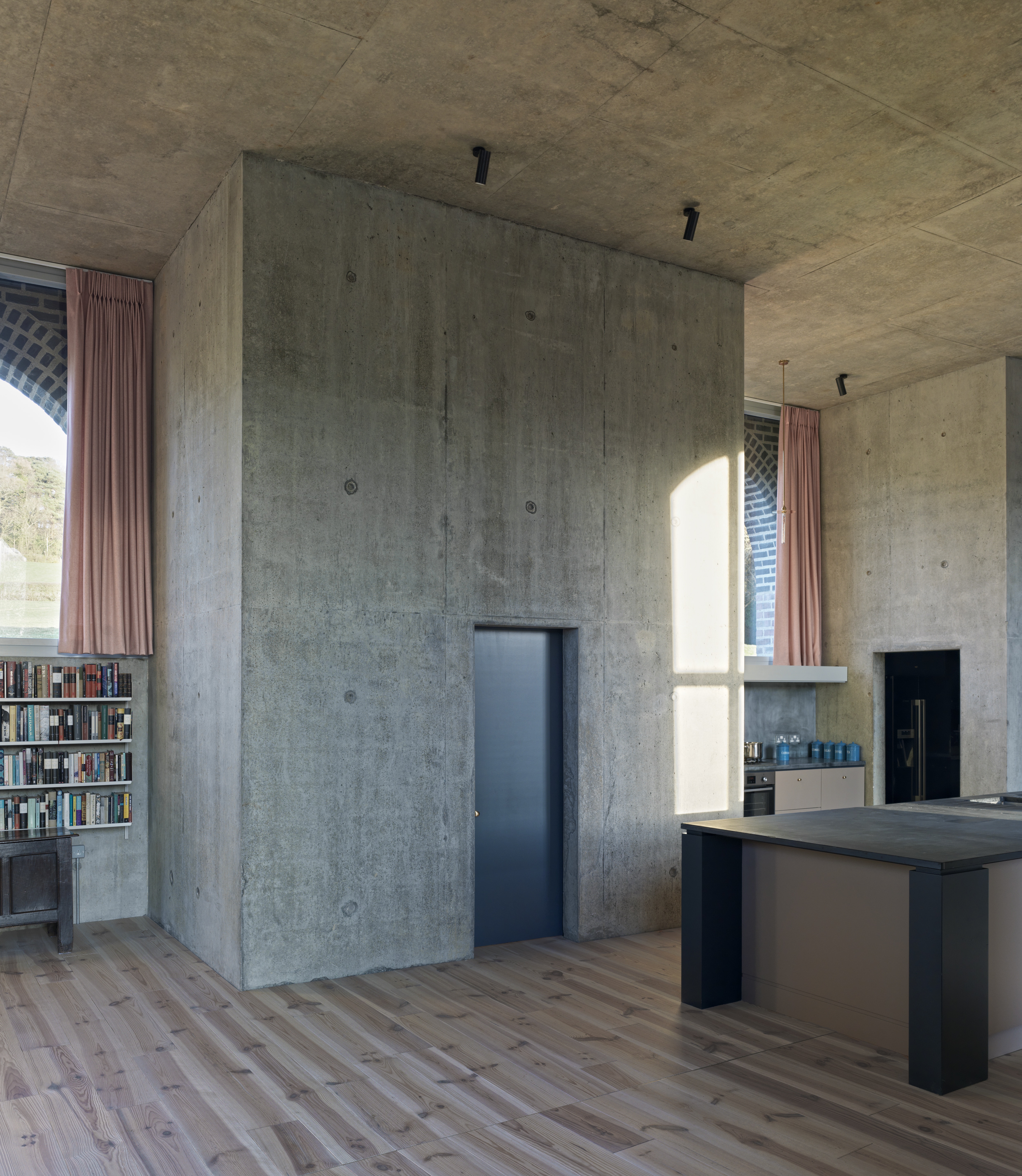
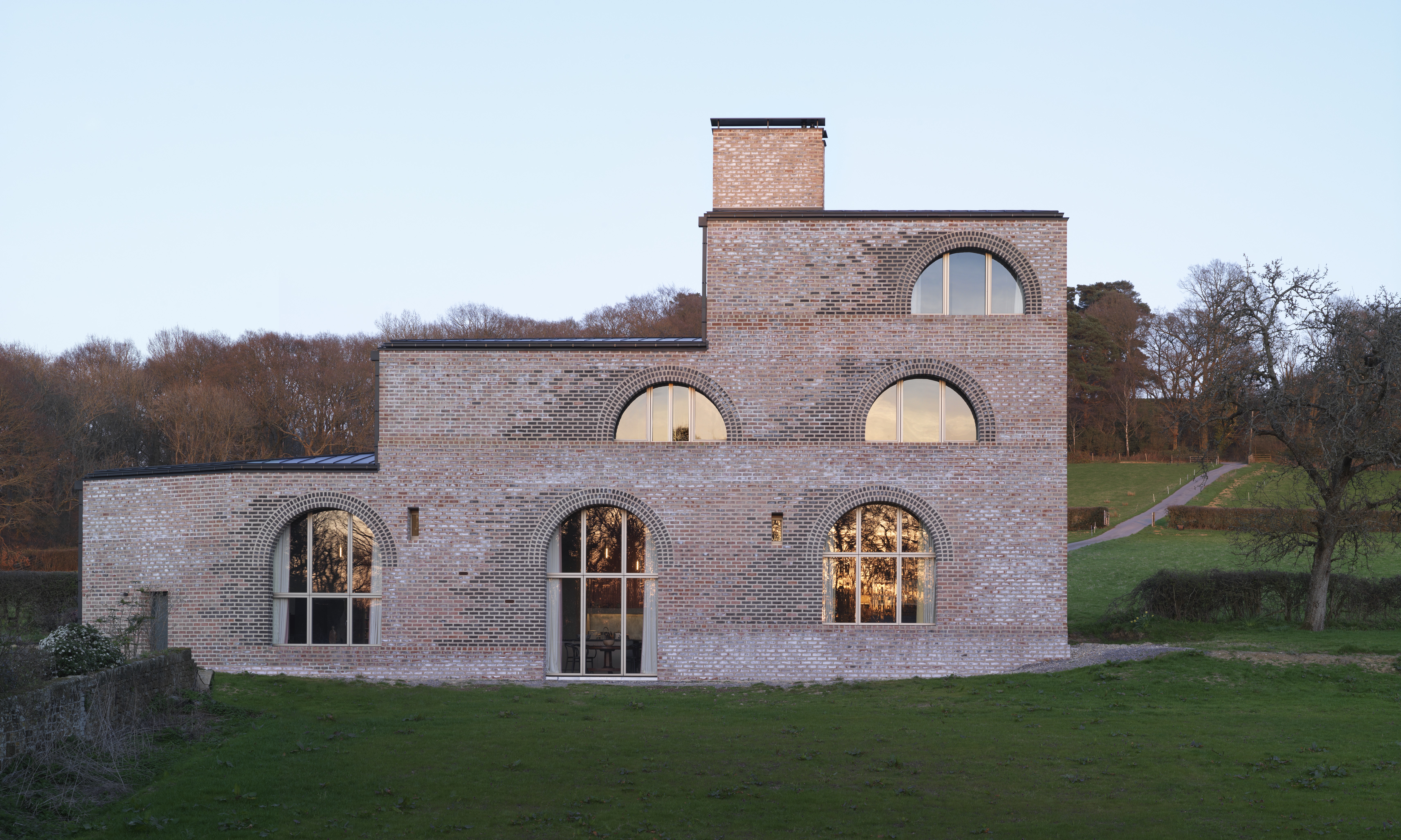
INFORMATION
Receive our daily digest of inspiration, escapism and design stories from around the world direct to your inbox.
Ellie Stathaki is the Architecture & Environment Director at Wallpaper*. She trained as an architect at the Aristotle University of Thessaloniki in Greece and studied architectural history at the Bartlett in London. Now an established journalist, she has been a member of the Wallpaper* team since 2006, visiting buildings across the globe and interviewing leading architects such as Tadao Ando and Rem Koolhaas. Ellie has also taken part in judging panels, moderated events, curated shows and contributed in books, such as The Contemporary House (Thames & Hudson, 2018), Glenn Sestig Architecture Diary (2020) and House London (2022).
-
 The Bombardier Global 8000 flies faster and higher to make the most of your time in the air
The Bombardier Global 8000 flies faster and higher to make the most of your time in the airA wellness machine with wings: Bombardier’s new Global 8000 isn’t quite a spa in the sky, but the Canadian manufacturer reckons its flagship business jet will give your health a boost
-
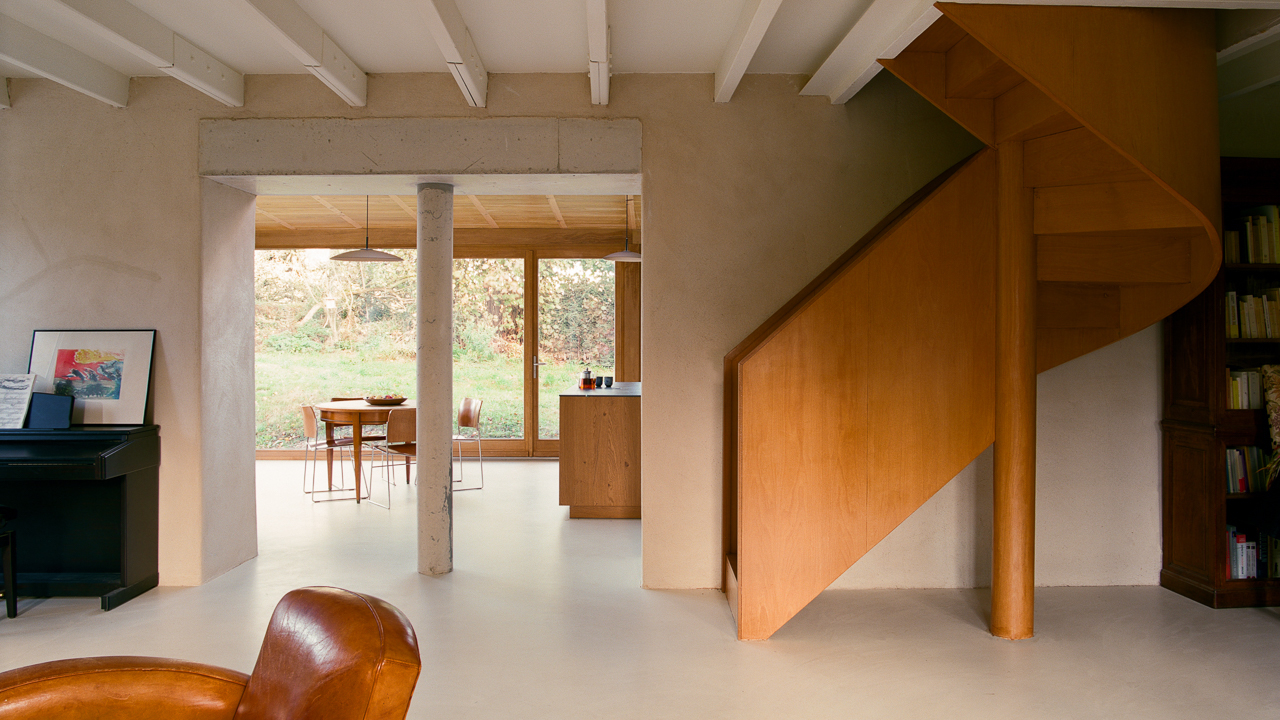 A former fisherman’s cottage in Brittany is transformed by a new timber extension
A former fisherman’s cottage in Brittany is transformed by a new timber extensionParis-based architects A-platz have woven new elements into the stone fabric of this traditional Breton cottage
-
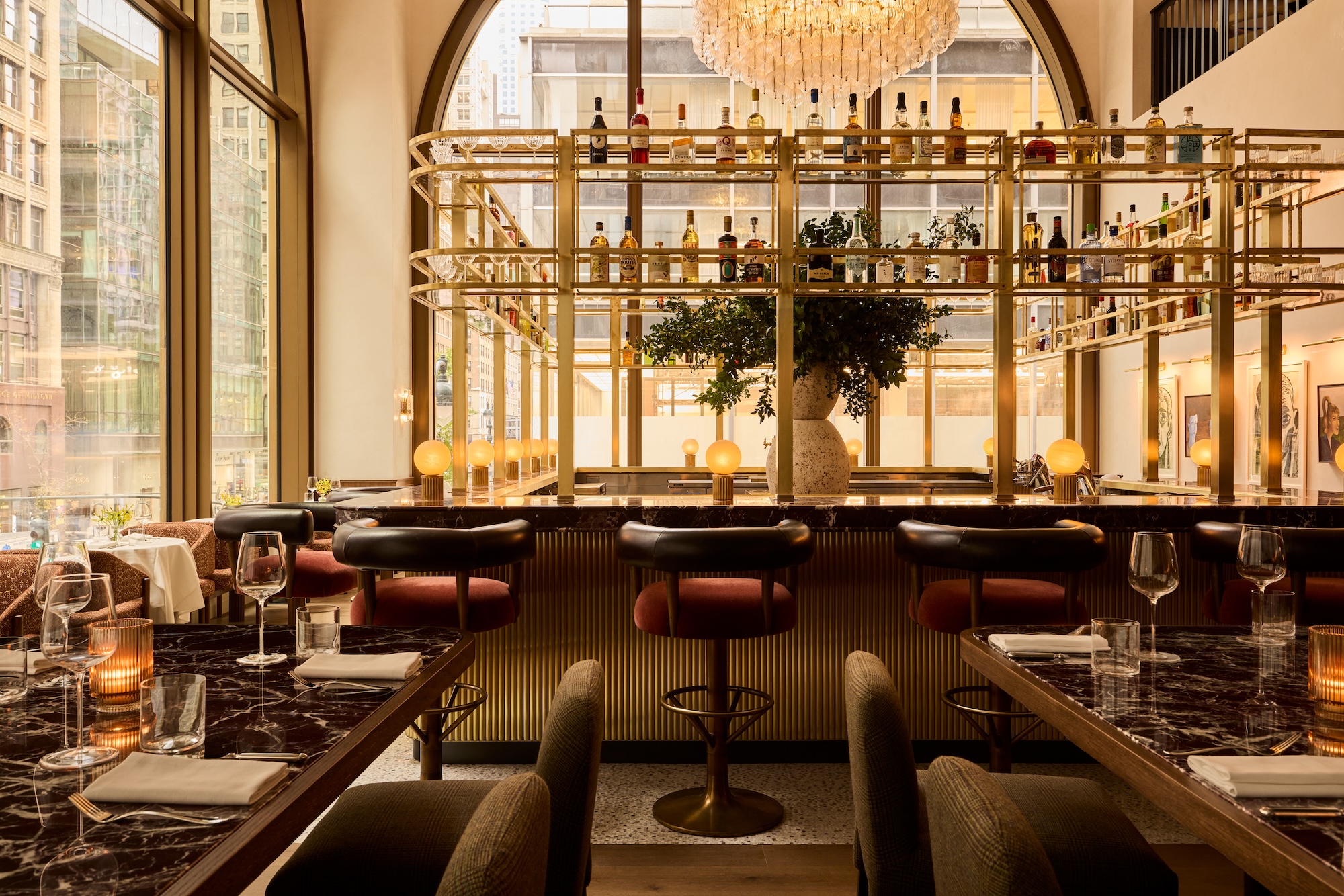 New York's members-only boom shows no sign of stopping – and it's about to get even more niche
New York's members-only boom shows no sign of stopping – and it's about to get even more nicheFrom bathing clubs to listening bars, gatekeeping is back in a big way. Here's what's driving the wave of exclusivity
-
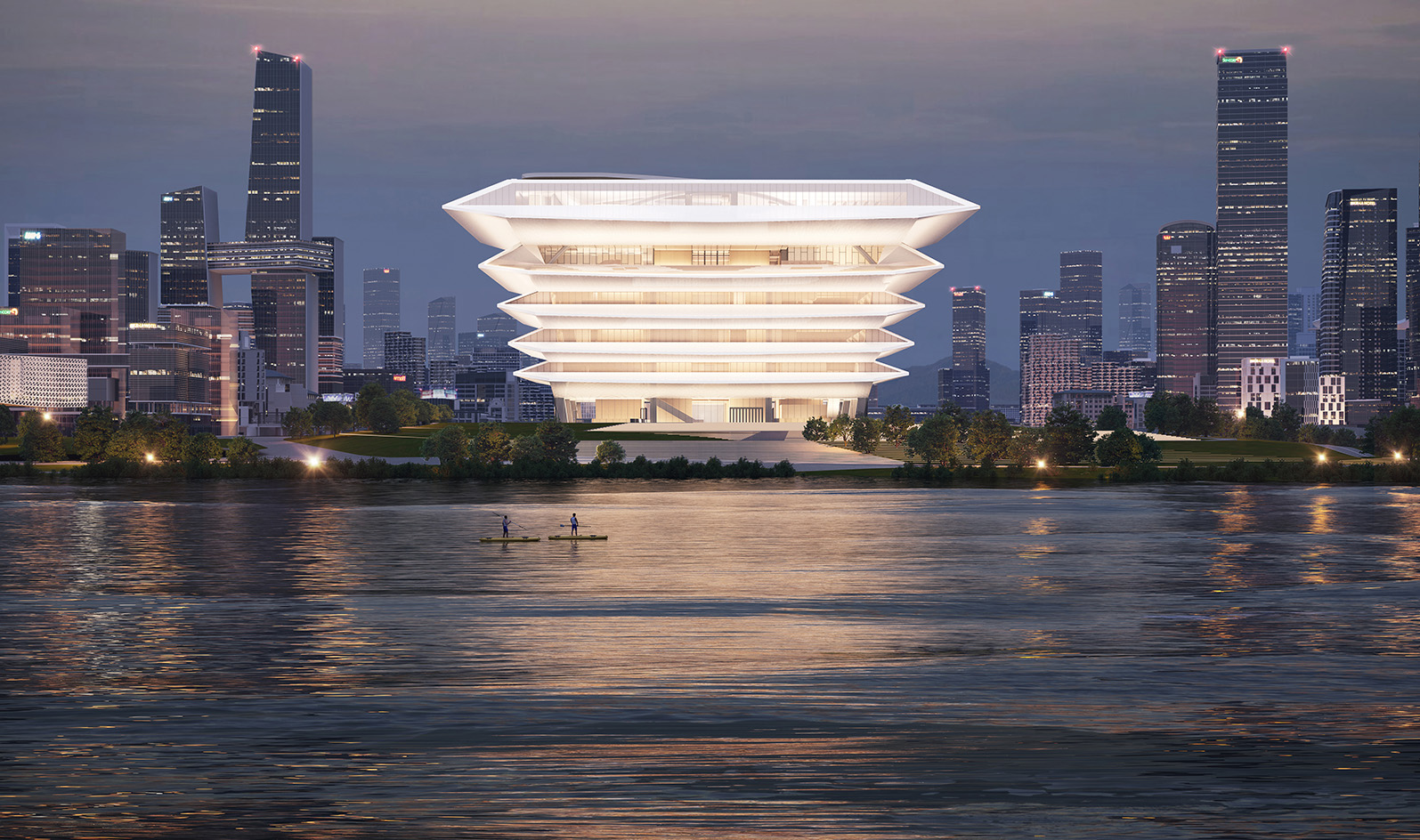 The RIBA Asia Pacific Awards reward impactful, mindful architecture – here are the winners
The RIBA Asia Pacific Awards reward impactful, mindful architecture – here are the winnersThe 2025 RIBA Asia Pacific Awards mark the accolade’s first year – and span from sustainable mixed-use towers to masterplanning and housing
-
 Arbour House is a north London home that lies low but punches high
Arbour House is a north London home that lies low but punches highArbour House by Andrei Saltykov is a low-lying Crouch End home with a striking roof structure that sets it apart
-
 A former agricultural building is transformed into a minimal rural home by Bindloss Dawes
A former agricultural building is transformed into a minimal rural home by Bindloss DawesZero-carbon design meets adaptive re-use in the Tractor Shed, a stripped-back house in a country village by Somerset architects Bindloss Dawes
-
 RIBA House of the Year 2025 is a ‘rare mixture of sensitivity and boldness’
RIBA House of the Year 2025 is a ‘rare mixture of sensitivity and boldness’Topping the list of seven shortlisted homes, Izat Arundell’s Hebridean self-build – named Caochan na Creige – is announced as the RIBA House of the Year 2025
-
 In addition to brutalist buildings, Alison Smithson designed some of the most creative Christmas cards we've seen
In addition to brutalist buildings, Alison Smithson designed some of the most creative Christmas cards we've seenThe architect’s collection of season’s greetings is on show at the Roca London Gallery, just in time for the holidays
-
 In South Wales, a remote coastal farmhouse flaunts its modern revamp, primed for hosting
In South Wales, a remote coastal farmhouse flaunts its modern revamp, primed for hostingA farmhouse perched on the Gower Peninsula, Delfyd Farm reveals its ground-floor refresh by architecture studio Rural Office, which created a cosy home with breathtaking views
-
 A revived public space in Aberdeen is named Scotland’s building of the year
A revived public space in Aberdeen is named Scotland’s building of the yearAberdeen's Union Terrace Gardens by Stallan-Brand Architecture + Design and LDA Design wins the 2025 Andrew Doolan Best Building in Scotland Award
-
 A refreshed 1950s apartment in East London allows for moments of discovery
A refreshed 1950s apartment in East London allows for moments of discoveryWith this 1950s apartment redesign, London-based architects Studio Naama wanted to create a residence which reflects the fun and individual nature of the clients